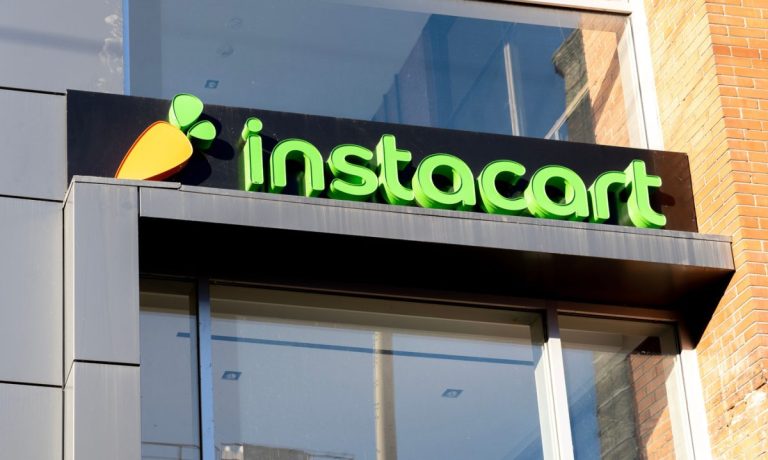Instacart is looking to get more value from its driver network with B2B deliveries.
The grocery aggregator announced Tuesday (Feb. 28) the launch of Instacart Business, offering same-day delivery (as well as 30-minute delivery or discounted longer deliveries) of items ranging from office supplies to snacks.
“At Instacart, we believe that the cost of doing business shouldn’t be so costly — especially for small businesses that are essential to the communities they serve,” Instacart COO Asha Sharma said in the announcement. “That’s why today we’re proud to announce the launch of Instacart Business. … This is just the first step, and we’re excited to support local businesses with even more solutions over the long-term that improve their operations and ultimately help them get back to business.”
Retailers available to business customers include Costco Business Center, Staples, Restaurant Depot and BJ’s Wholesale Club, and businesses using the program can offer their offices business credits, among other features.
The Context
With this move, Instacart takes a tip from restaurant delivery services’ diversification into business-to-business (B2B) sales, part of aggregators’ ongoing efforts to drive generate more use cases from their existing networks of drivers.
For instance, leading U.S. restaurant aggregator DoorDash has its DoorDash for Work B2B offering, providing employee meal credits, group meals and catering. Most recently, this arm of the business announced in November that it is partnering with WeWork to be the co-working space’s exclusive delivery provider for corporate events.
Advertisement: Scroll to Continue
DoorDash is not the only one. Uber Eats offers its Uber for Business office food delivery service, which includes employer-provided on-site meals, stipends for remote workers and more. Grubhub, for its part, has its Grubhub Corporate accounts, similarly offering team meals, employer-provided individual meals, catering and other services.
By the Numbers
Certainly, delivering to offices makes sense now that many consumers are back to working on-site (albeit fewer than before the pandemic).
Research from PYMNTS’ study “The ConnectedEconomy™ Monthly Report: Working In The ‘Whenever, Wherever’ Office,” which drew from a survey of around 2,500 U.S. consumers, reveals that 51% reported splitting split their workdays between working remotely at home and working at the office. Thirty-five percent, meanwhile, exclusively work on-site.
However, PYMNTS research in the “12 Months of the Connected Economy” report finds that work from home and hybrid work increased by 10% last year, despite a relaxation of pandemic restrictions.

